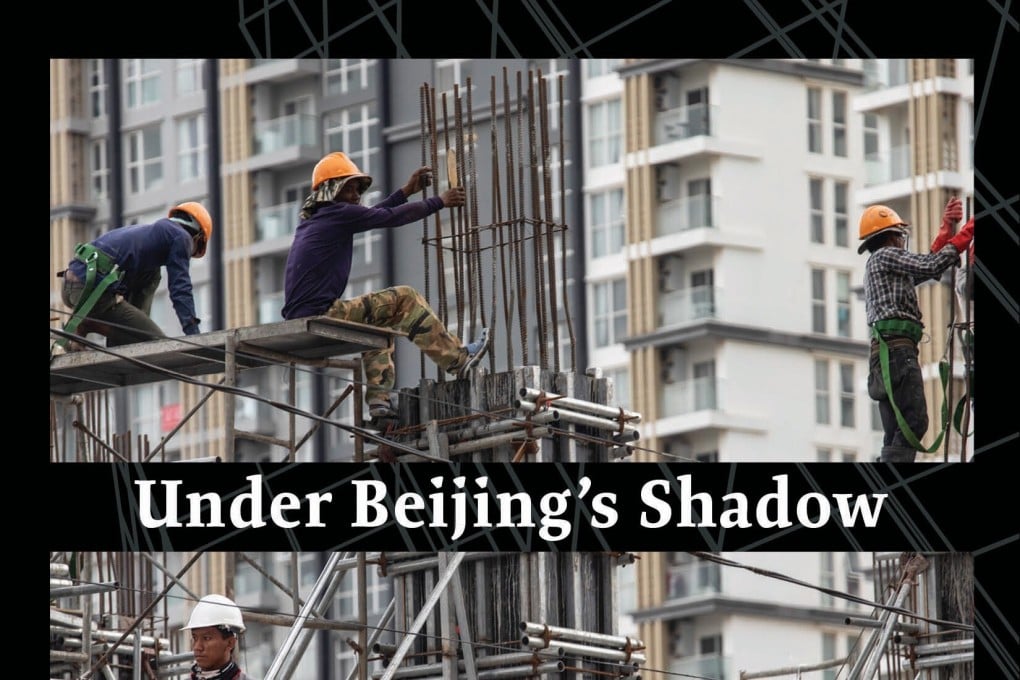Advertisement
Bully or benefactor? New book explores China’s relationship with Asean states
- Murray Hiebert’s Under Beijing’s Shadow: Southeast Asia’s China Challenge is a valuable compendium to understand China-Asean ties, this book reviewer writes
- Hiebert, who is associated with the Washington-based CSIS, focuses on the South China Sea and Belt and Road Initiative
Reading Time:4 minutes
Why you can trust SCMP

Back in 1988, the prime minister of Cambodia denounced China, describing it as “the root of everything that is evil” in his country. Hun Sen, still the Cambodian leader, is singing a vastly different tune now, praising China as Phnom Penh’s “most trusted friend”.
That isn’t the only example of a big pendulum swing from decades ago for China’s relations with Southeast Asia. With some countries, ties were frosty at best; China supported insurgents in at least three countries (Thailand, Malaysia and Myanmar).
Relations with Indonesia, the region’s most populous nation, went from warm when Sukarno was in power to frozen for 25 years after anti-communist General Suharto elbowed him out in the mid-1960s. Now, there’s a free-trade agreement linking China and all its neighbours to the south, and Beijing is the biggest trading partner of most of them. Until Covid-19 forced a halt, huge numbers of Chinese visitors poured into the region’s resorts and tourist hotspots.
But among the 10 members of the Association of Southeast Asian Nations (Asean), China’s rise to become a superpower has stirred mixed emotions, with appreciation for the economic support and opportunities as well as anxiety about how much a more assertive China might undermine the neighbours’ sovereignty and treat Southeast Asia as its own backyard.
Advertisement
The greatest source of concern has been the commercially vital and resource-rich South China Sea, where Beijing has stuck with a claim to ownership of about 80 per cent of it. Cambodia, almost a client state of China, in 2016 blocked an Asean joint statement from citing an international tribunal’s rejection of Beijing’s claim and from stating that international law should be respected.
China has caused dismay by installing military hardware on artificial islands, and it has harassed Vietnamese, Indonesian and Philippine fishermen as well as pressed Vietnam and Malaysia to stop oil and gas exploration in their 200- nautical-mile exclusive economic zones.
Advertisement
The sea has long been a point of contention between China and the United States, and the issue has heated up since July when Secretary of State Mike Pompeo toughened US policy and said most of Beijing’s claims were “completely unlawful” – a view China rejected.
Advertisement
Select Voice
Choose your listening speed
Get through articles 2x faster
1.25x
250 WPM
Slow
Average
Fast
1.25x